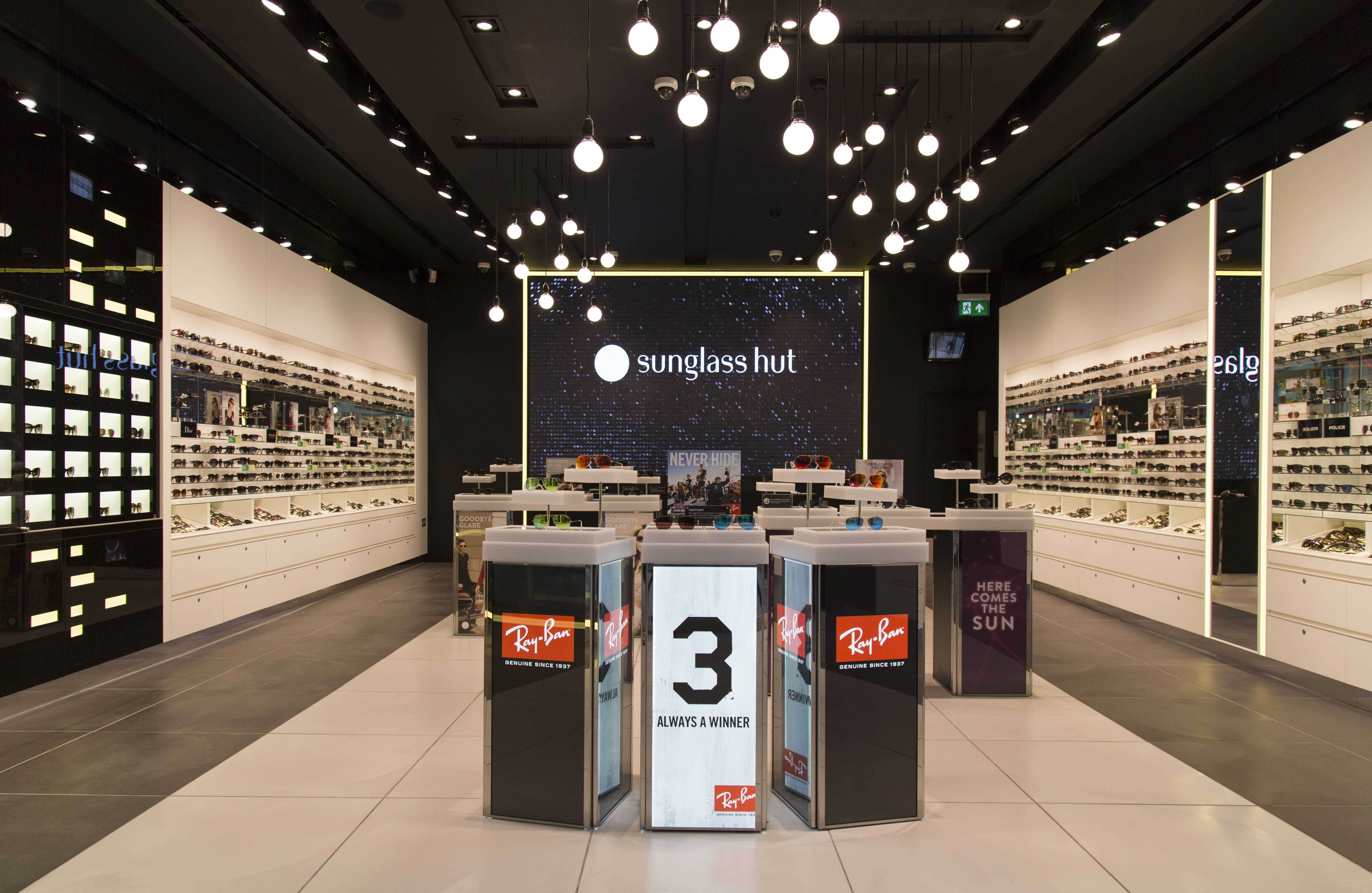
In the first part of this digital signage feature we looked at the emergence of dynamic and tailored content and how that fits within the context of the Internet of Things. Here we consider the factors that affect engagement and effectiveness while finding out why quantifiable evidence is not easily available.
There is, then, no shortage of candidates for digital signage technologies that engage by providing each viewer with a close-to-unique experience – and no shortage either of claims for the wonders they’re allegedly able to perform. There’s evidence that engagement is certainly improved – but what about the evidence that really counts – on the bottom line?
“Quantifiable evidence is hard to come by,” says Patrick Halliwell, managing director of Daktronics UK. “To measure effectiveness, you would need the data from each campaign and to compare sales numbers for each call to action from during the campaign to a set of control groups that ran outside of the campaign during a similar season or time window that would have naturally produced similar results. Typically, such data are held close to the chest by the parties that have invested in these technologies.”
“There are other factors that affect engagement and effectiveness as well, beyond the technology,” he notes. “The quality of content and call to action combined with timeliness and relevance all contribute to an effective interactive/activation campaign.”
Mark Childerhouse, sales director at AV integrator Pioneer Group, echoes Halliwell’s view. “The management of these systems and the quality of the A/B testing directly impacts how good the results are,” he says. “Seeing as 80% of brands experience an increase of up to 33% in additional sales through the use of digital signage, according to embedsignage, the better the content and strategy that businesses put behind the technology, the more it can have effective ROI.”
Shopper behaviour influenced
“Although it is hard to really quantify the effects of these technologies in detail and with a high degree of certainty, studies have shown that all the mechanisms that would lead to a positive effect do exist,” adds Yoeri Gabriel, marketing director EMEA at RMG Networks. “For example, it has been shown that consumers can recall the exact messages displayed on digital signage screens. Many consumers have also reported taking direct action or have impulse bought items as a result of digital signage – highlighting the impact that it can have on spending. For example, recent research reported by ScreenCloud claims that over 40% of shoppers can change what they buy if relevant information is given by digital displays at the point of purchase.”
“Taking all this into account, we already have a very clear logical indication that by presenting the right message, to the right person, at the right time using tailored content, made possible by video analytics will improve success rates as measured by key metrics,” he continues. “These personalised and adapted content pieces have had a positive impact on customer satisfaction as the information is targeted to the individual.”
Reading between the lines of Halliwell’s, Childerhouse’s and Gabriel’s responses, a subtle truth starts to become clear. In theory at least, once you peer beyond the anecdotal evidence, real data that establishes a causal relationship between digital signage and sales probably exists – or at least, should exist. Again, the spectre of the Internet of Things raises itself: if the IoT is characterised by millions upon millions of sensors, it is no less characterised by the huge amounts of data it collects – so-called ‘big data’. The classical theory is that data should generate information that should cause action – and that’s what’s happening in terms of personalising content at or around the point of sale. The problem seems to lie in moving to the next step – but that, Childerhouse believes, is just beginning to happen.
“Although this technology has been around for a few years, it’s only now that DOOH digital teams, content providers and marketing teams are becoming agile enough to take real advantage of the data it provides,” he says. “In some cases, for large roll-outs, the insights that this technology can garner means that HQ can make assumptions about the demographics for that store in retail – helping decisions around stock control and marketing in each area.”
Sales boost
“Measuring the effectiveness of DOOH displays in general is an important aspect,” says Stephanie Gutnik, vice president, business development at Broadsign. “When it comes to the point of purchase, retail displays equipped with cameras, beacons and the like can assist in understanding what kind of content increases interactivity and when connected to the POS, which offers might boost sales.”
The issue, of course, is not which offers might boost sales – it’s which offers do boost sales.
Here’s a third way in which digital signage is representative of the Internet of Things. It uses sensors to acquire data. It generates huge amounts of data. The third similarity is that it looks as if AI and machine learning have a key role to play in helping turn that data into actionable information – both at the point of sale as well as in the back office. In the ideal world, of course, digital signage is just one element of an integrated whole that spans the entire operation from POS through CRM to ERP.
“Machine learning will assist in making back-end operations more efficient,” believes Gutnik. “Algorithms will help employees with everything from forecasting demand for certain products and stocking them accordingly, to making the most effective decisions about merchandising tactics.”
“AI will change the relationship between brands and customers”
“A lot of smart data can now be captured on consumers in general, individual viewers and external factors,” says RMG’s Gabriel. “AI can investigate and uncover the connections between all of those factors and establish relationships that are important in understanding and predicting behaviours. The use and effect of AI will span across all customer-facing and non-customer-facing departments within a retail company from product development to advertising, DOOH strategies and customer service. AI will change the relationship between brands and customers.”
The next frontier
“AI is certainly the next frontier for DOOH, with 37% of retailers already adopting or planning to adopt it for customer experience personalisation in the next 12 months according to BizTech,” points out Childerhouse. “When it comes to dynamic copy, AI can take scheduling to the next level by allowing machine-led technology to determine the content. The creative relies on a genetic algorithm to compare the locations of DOOH signage and their hourly audiences. This enables brands to be consistently displaying content which is most liked by audiences at the most relevant times of the day – maximising ROI. This is already being rolled out by the likes of M&C Saatchi, which launched its first AI DOOH campaign on [London’s] Oxford Street.”







